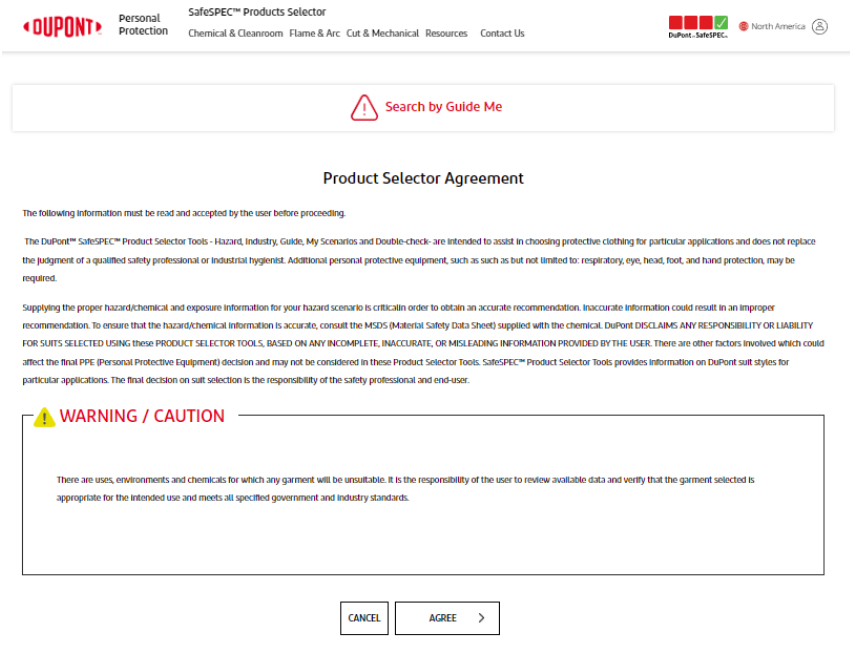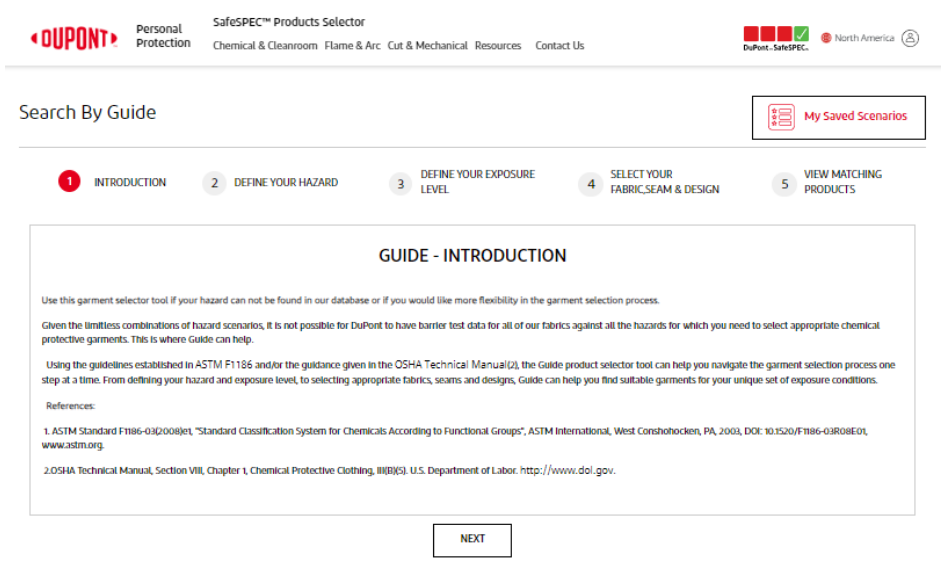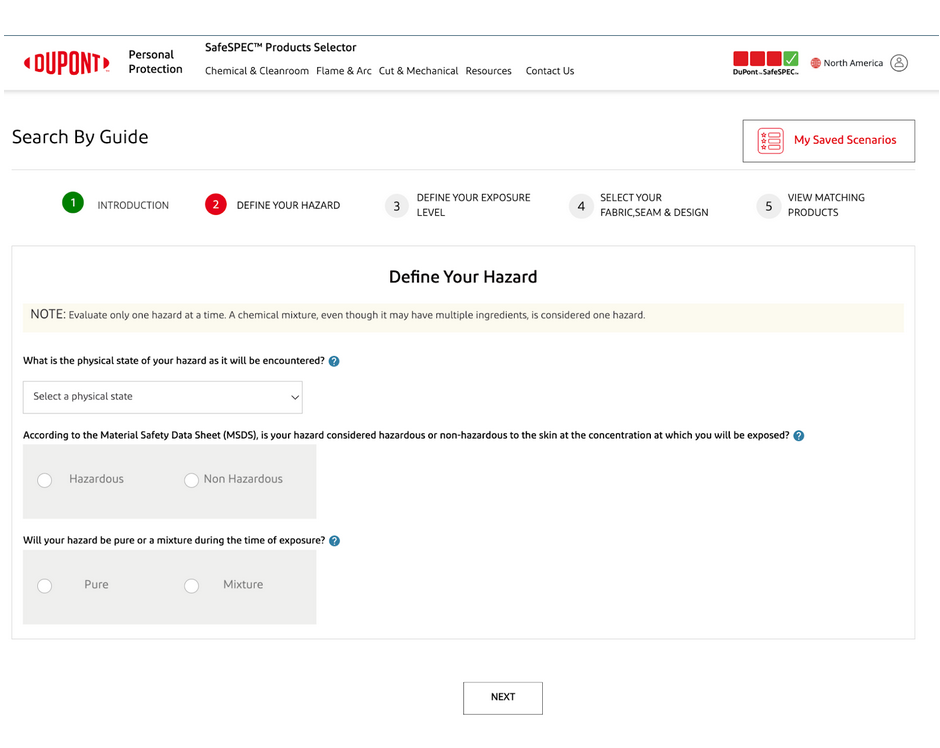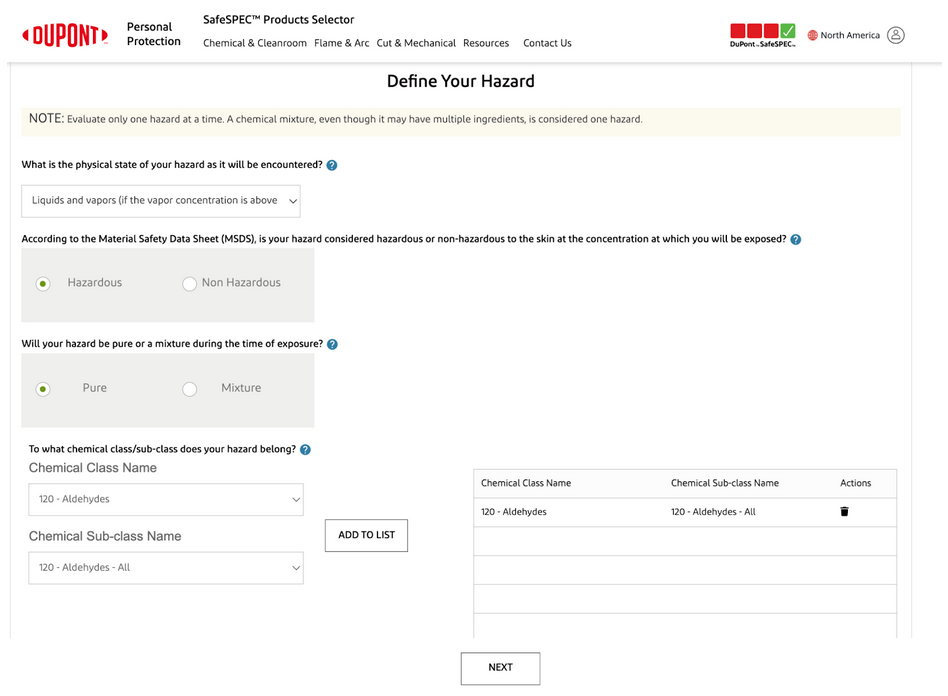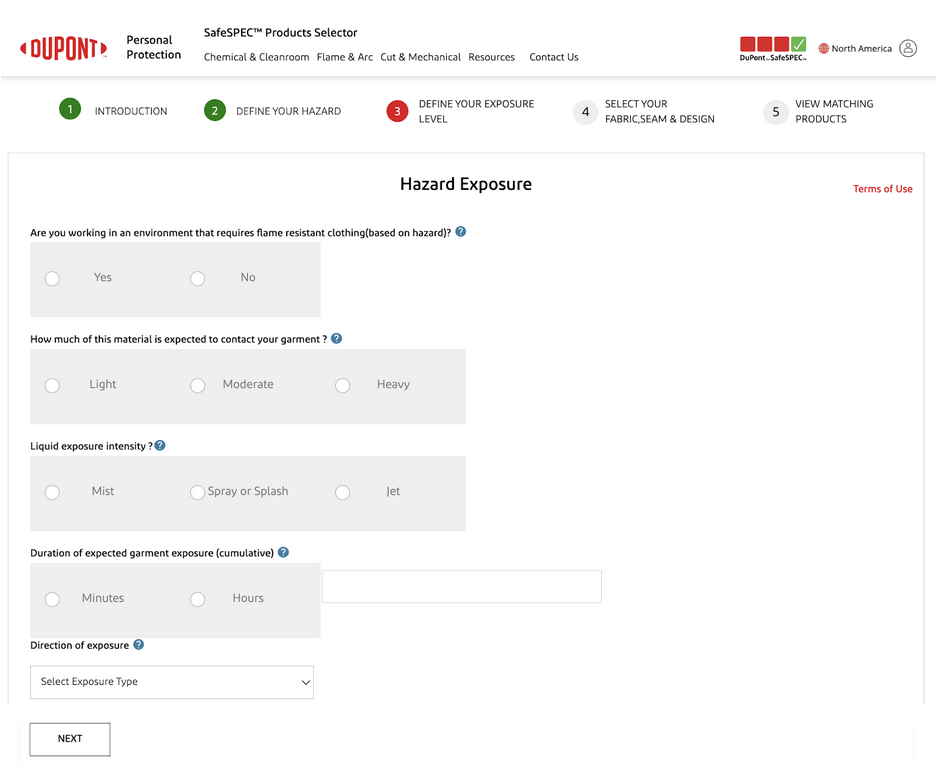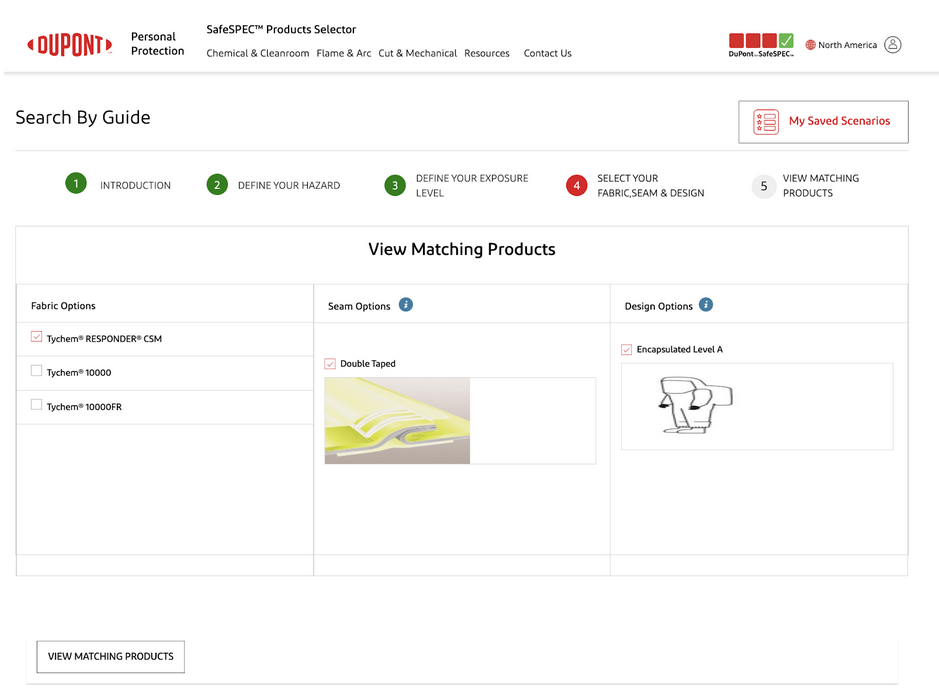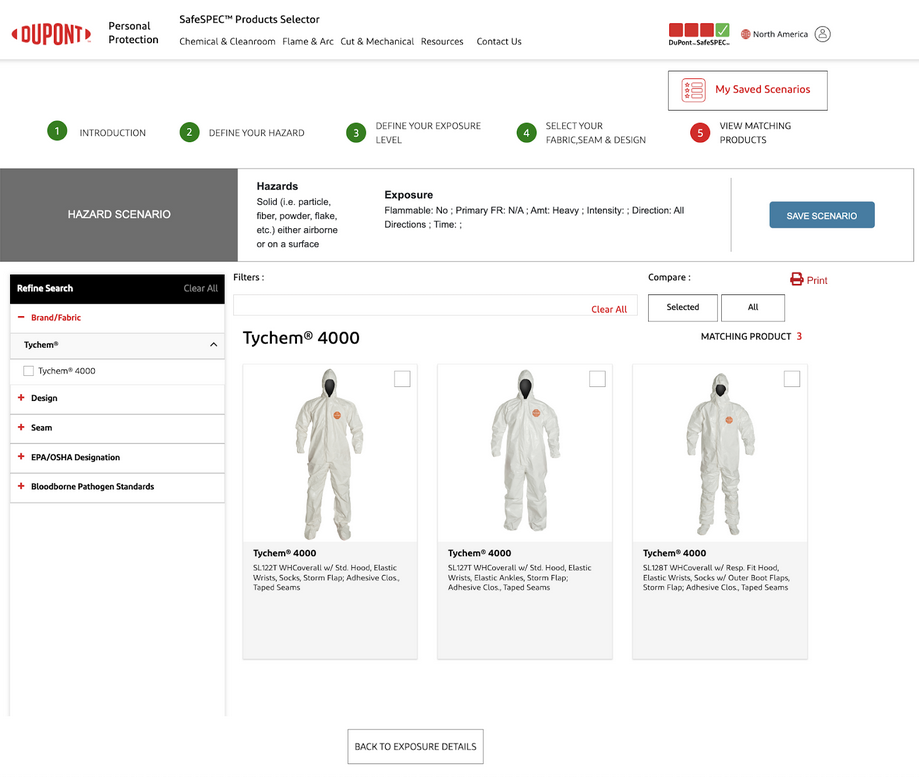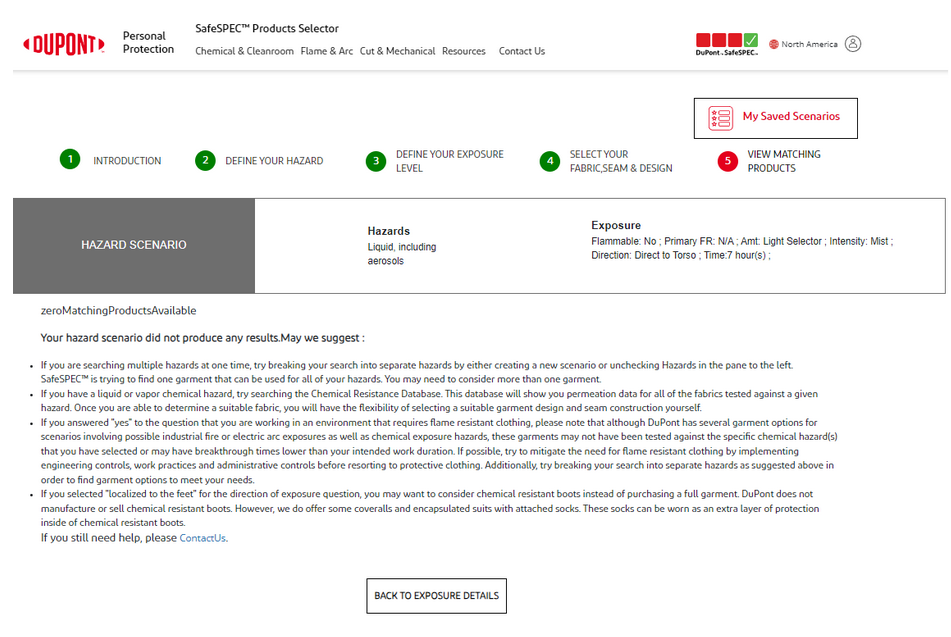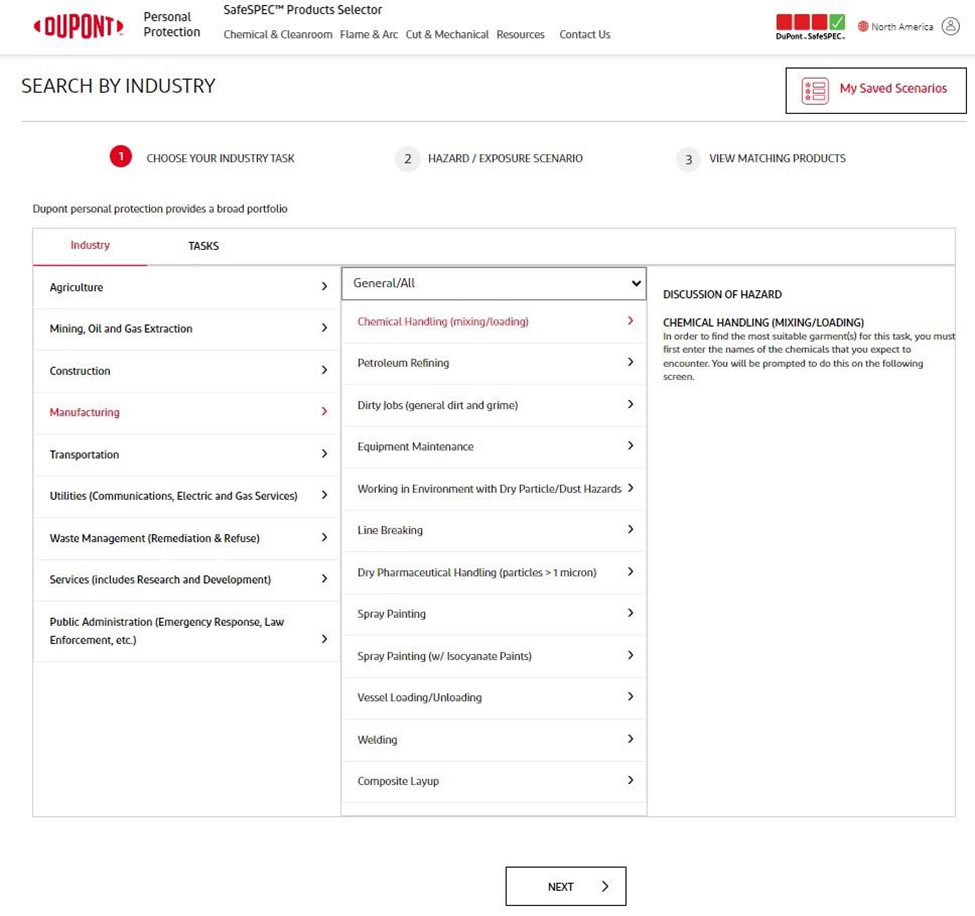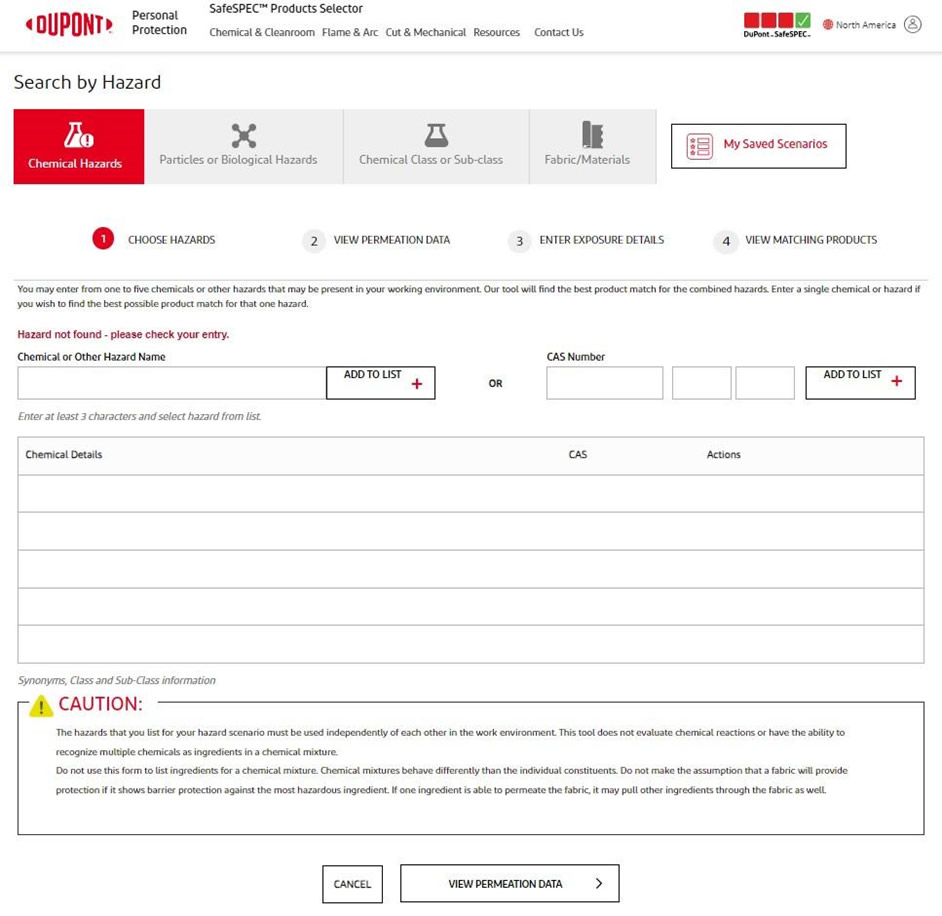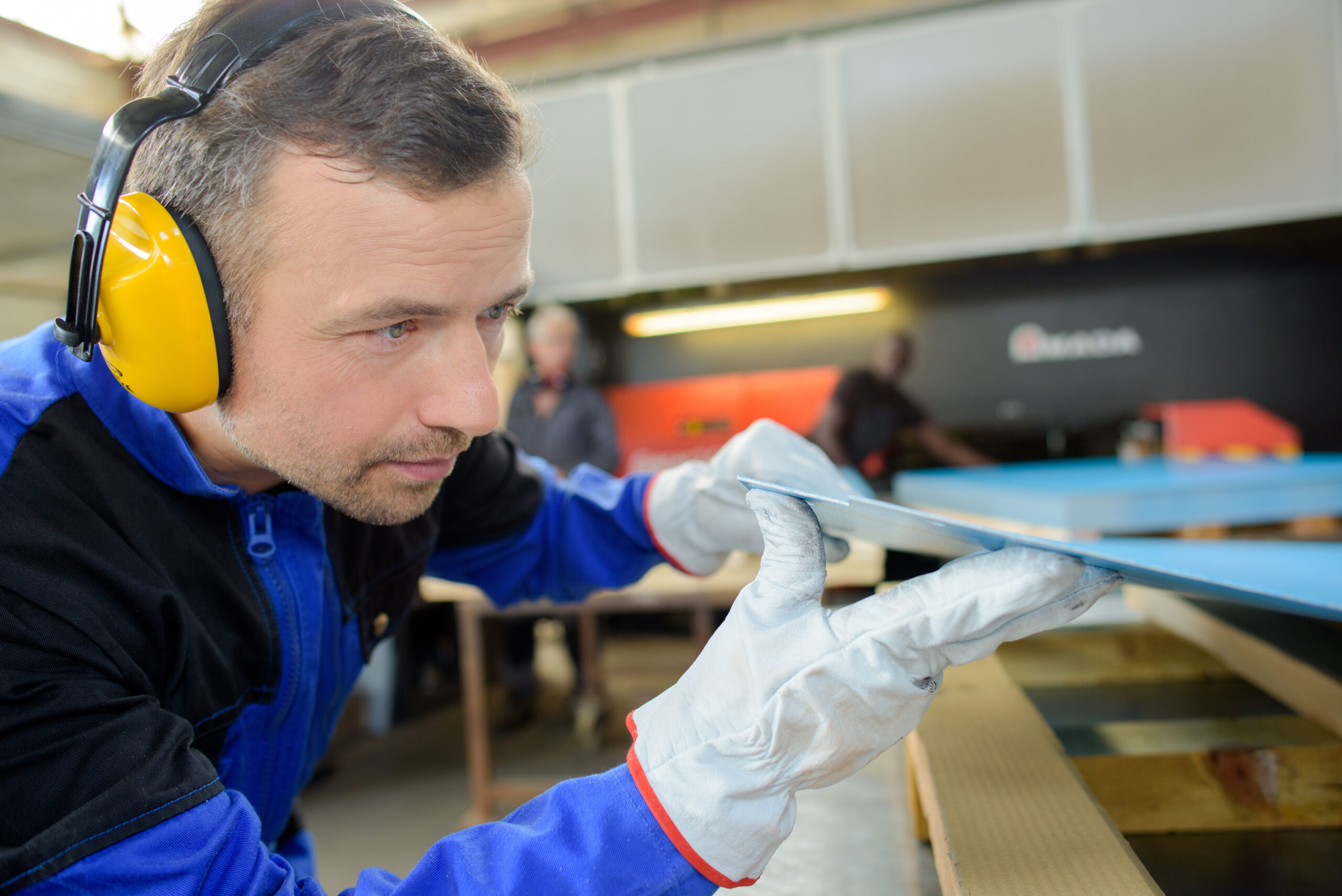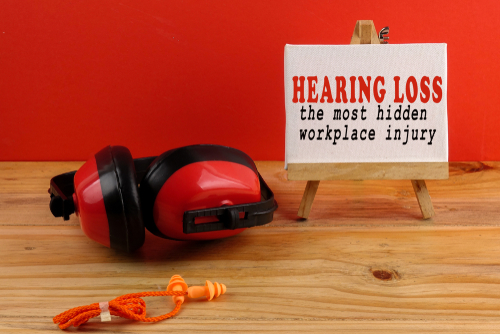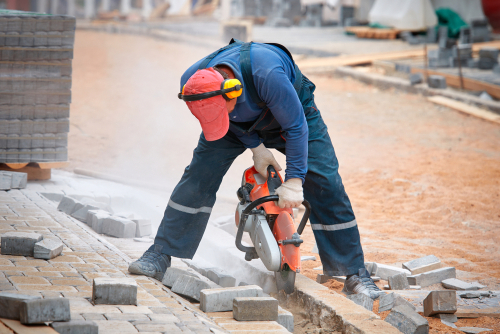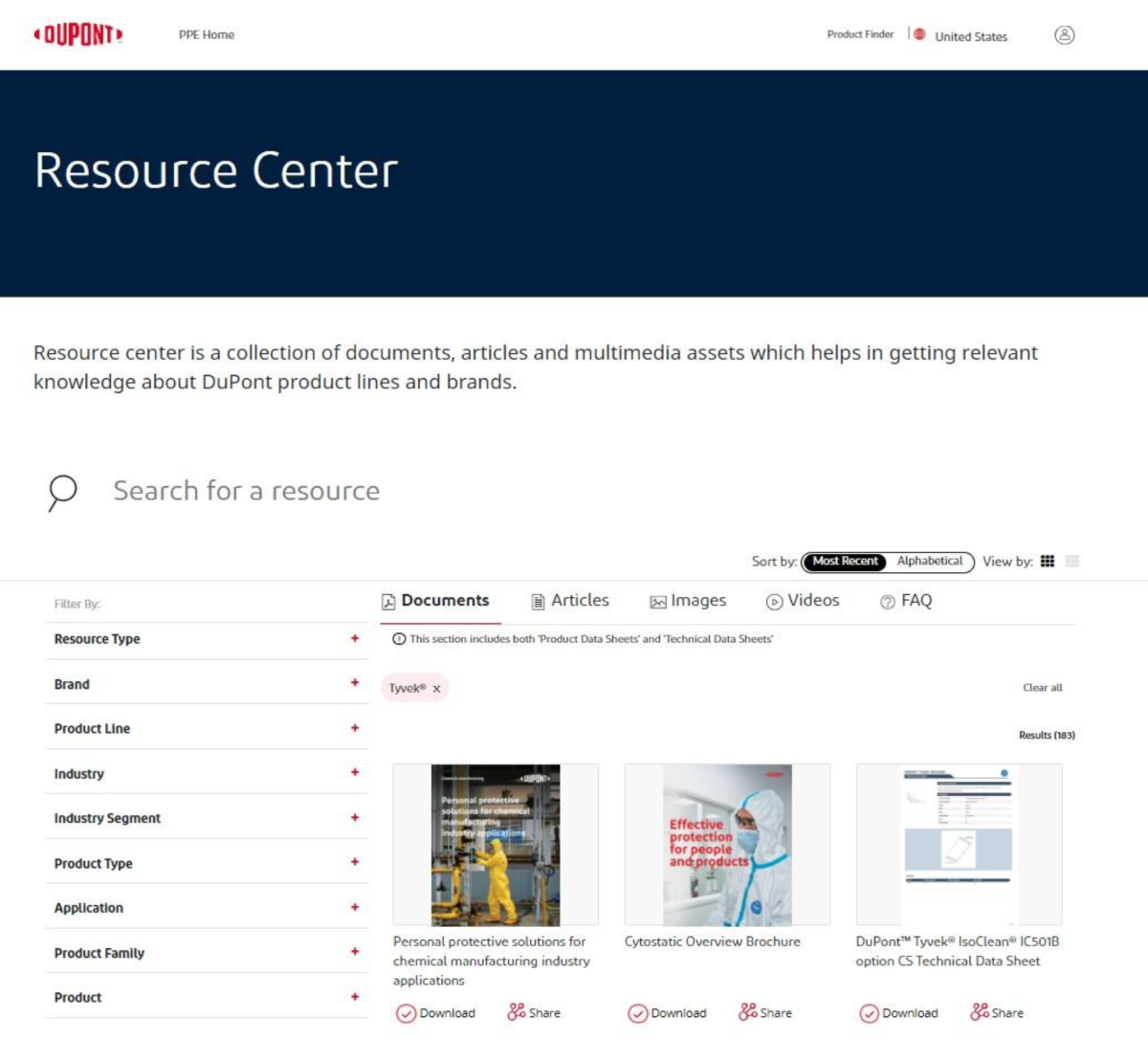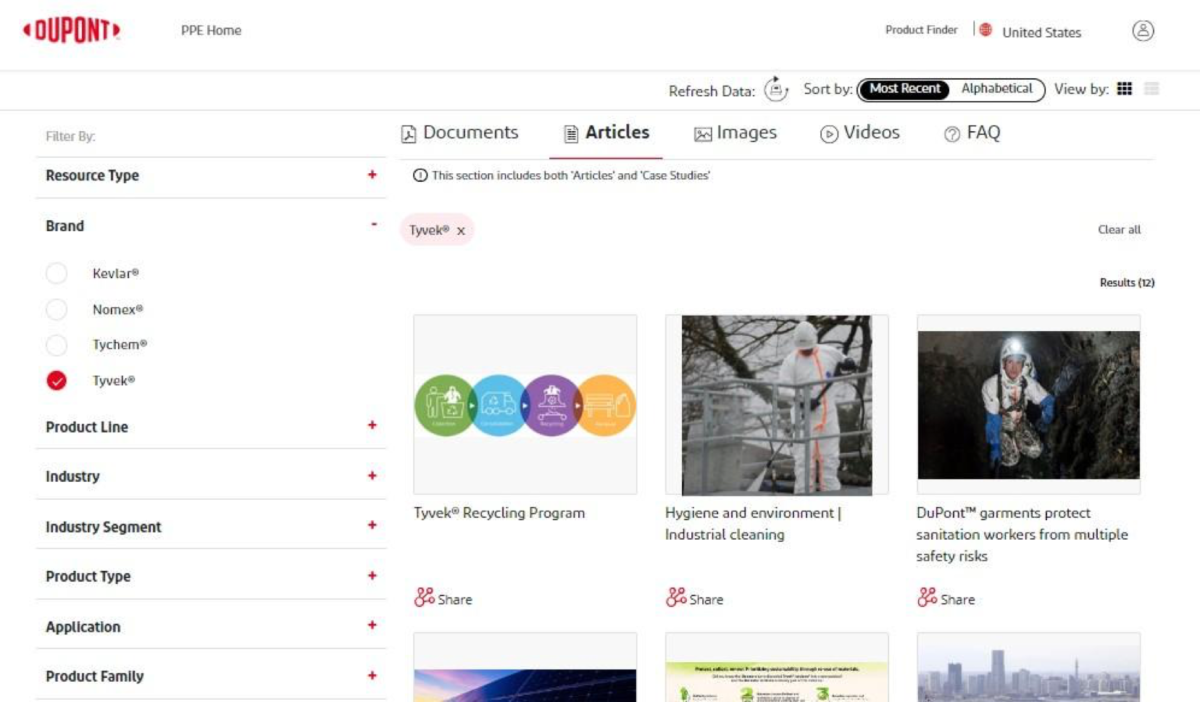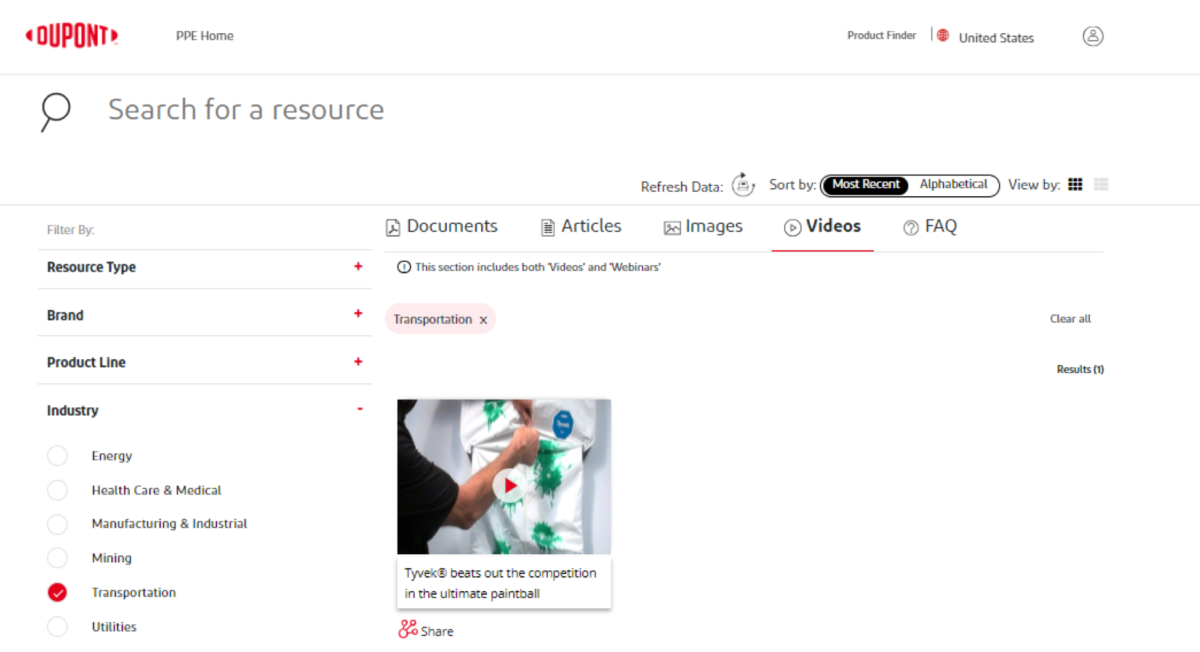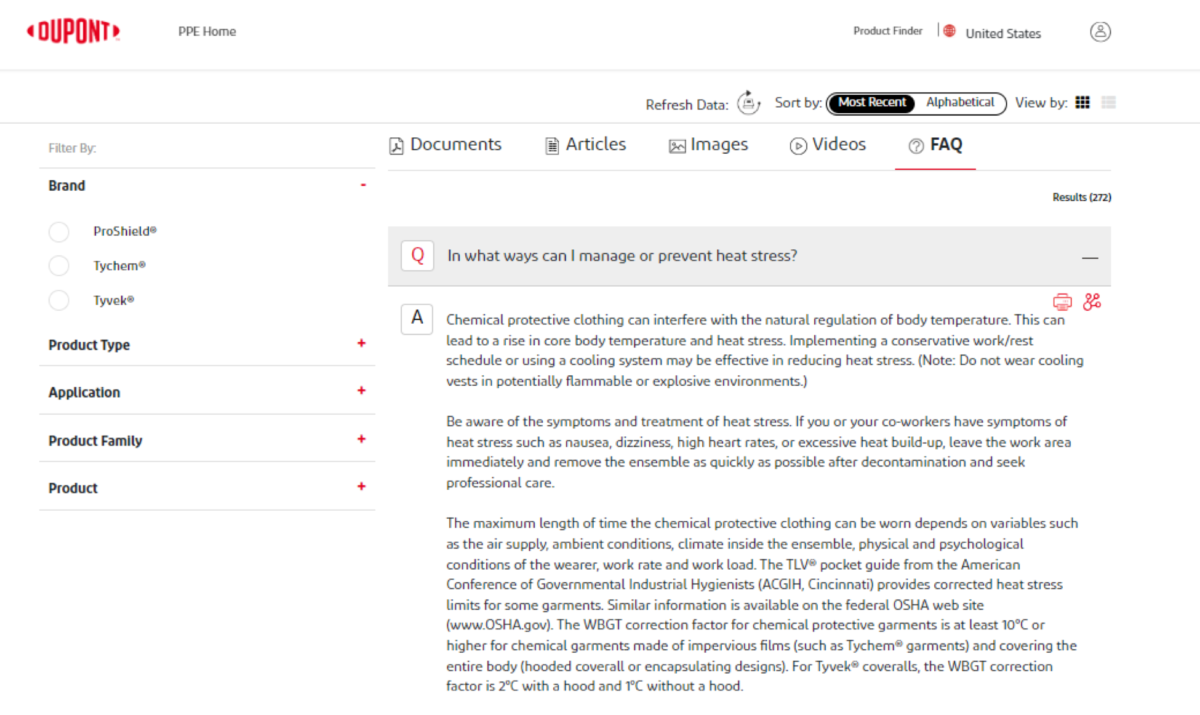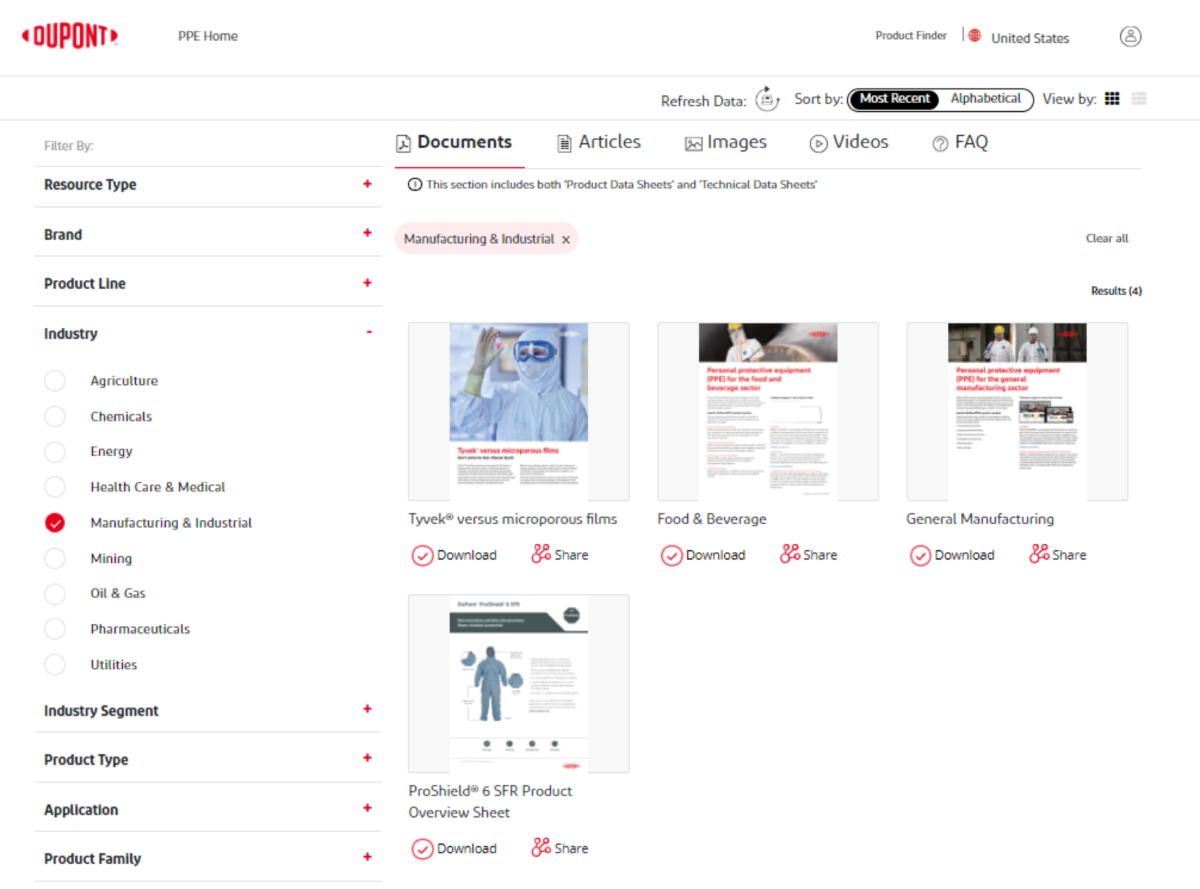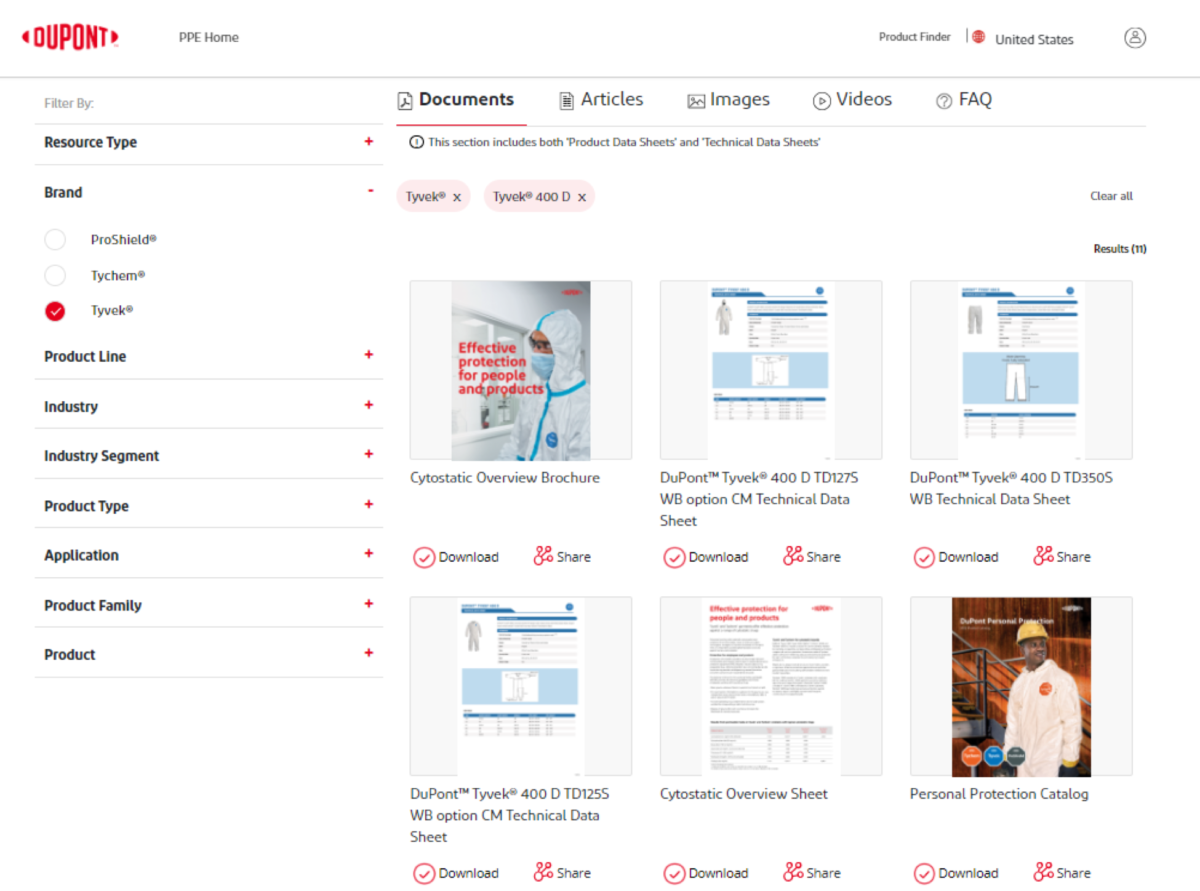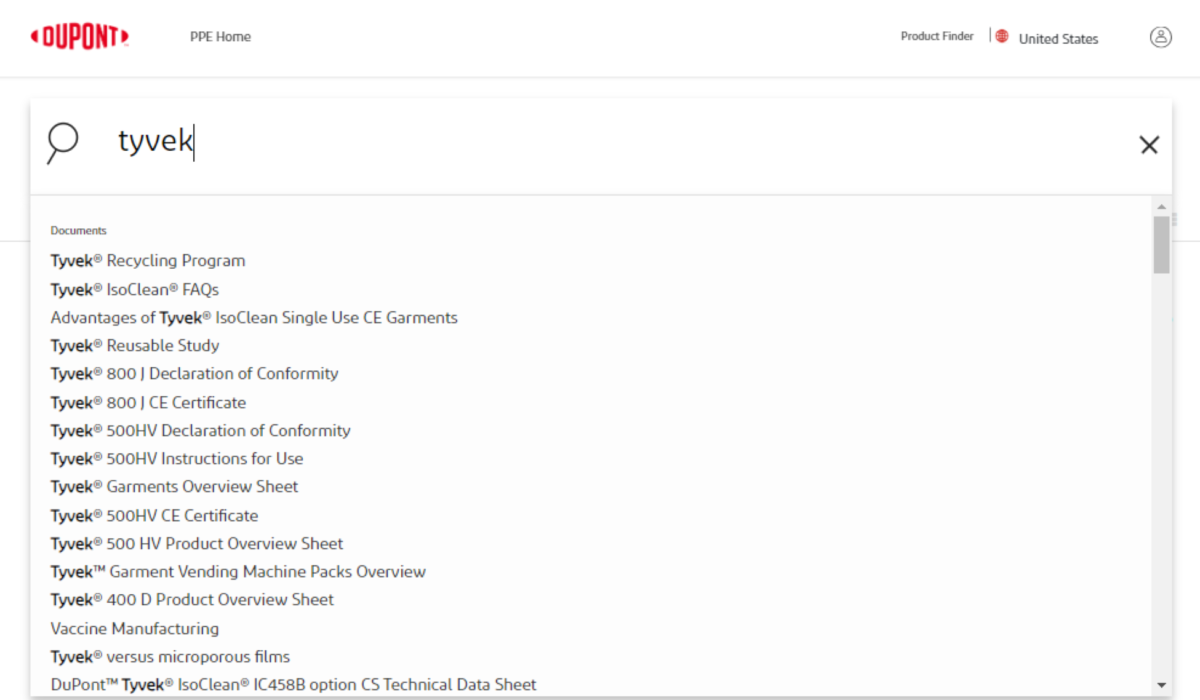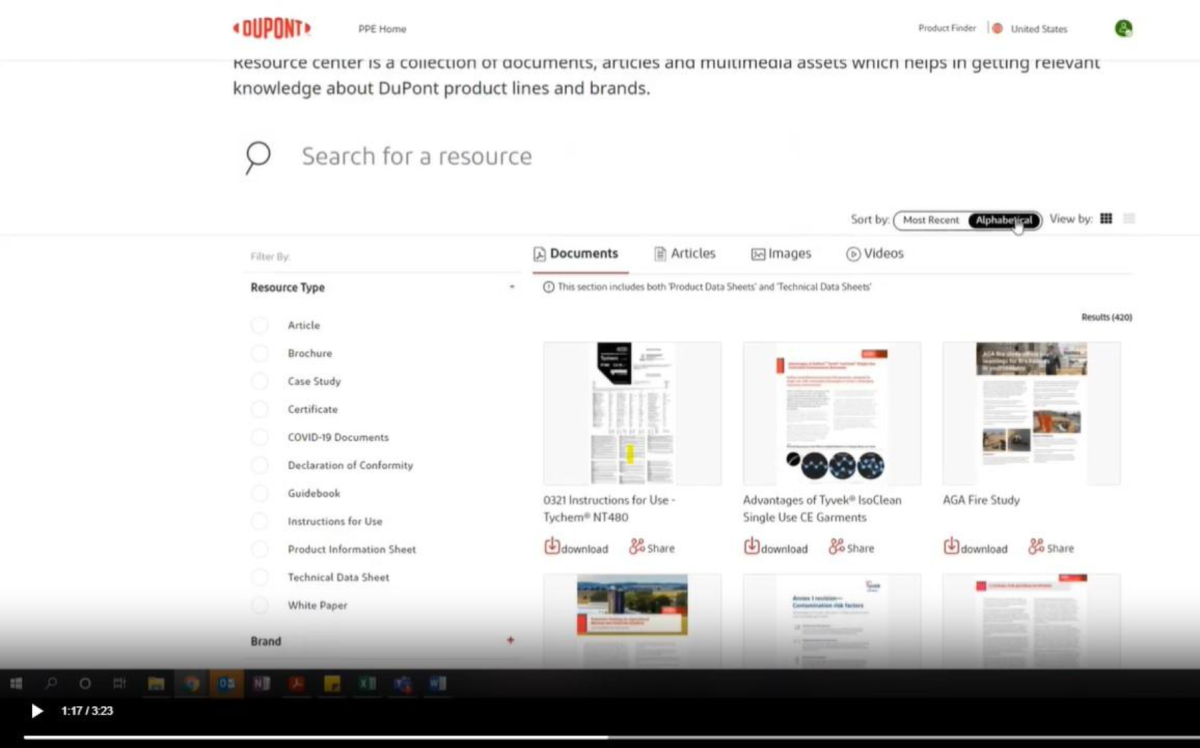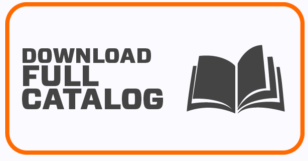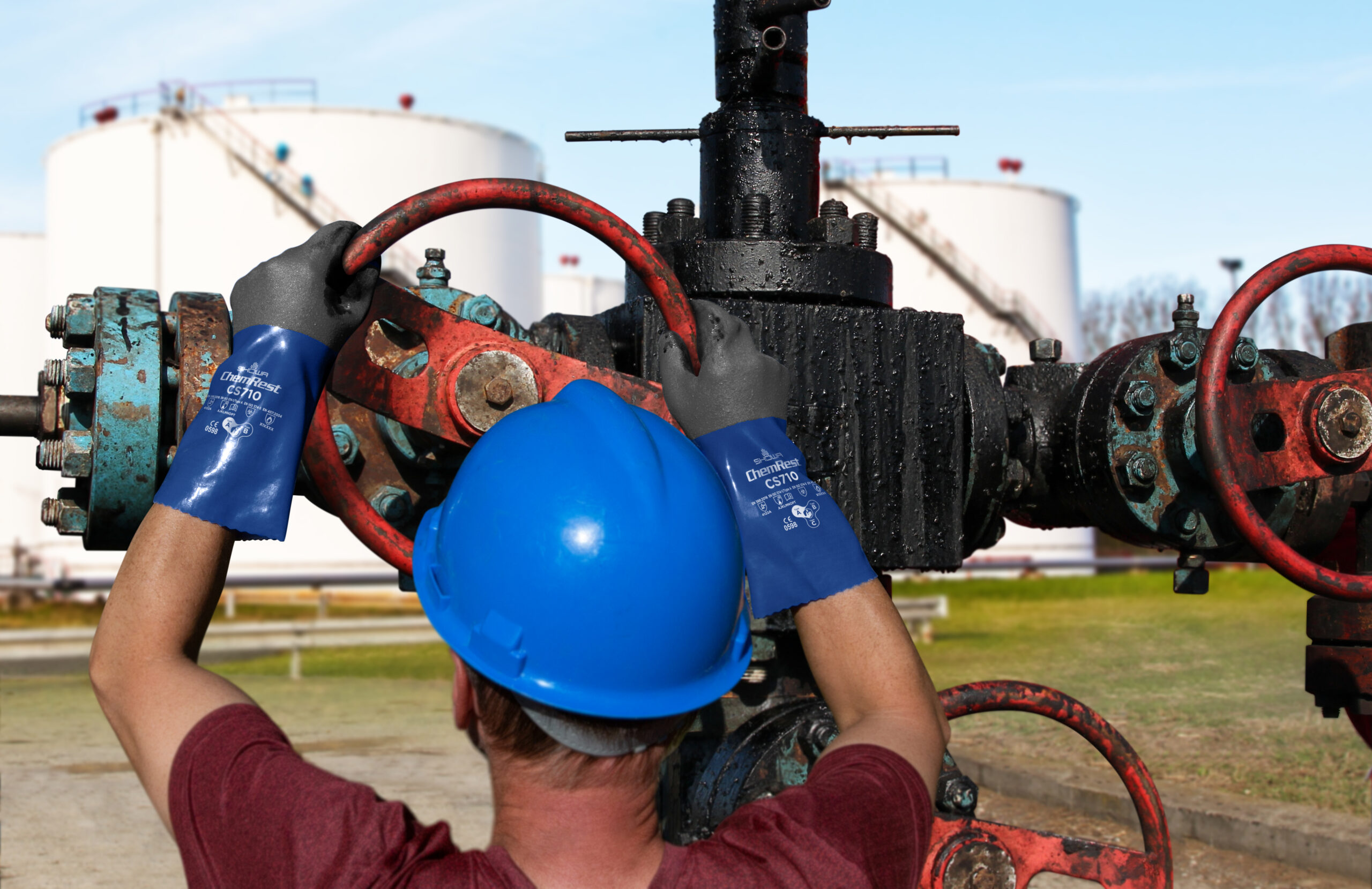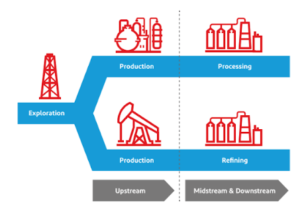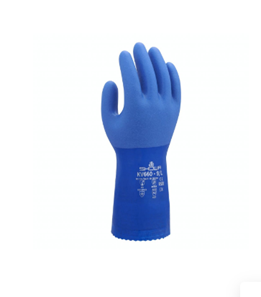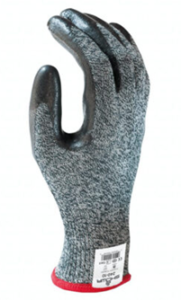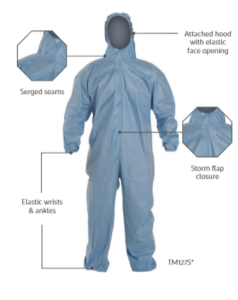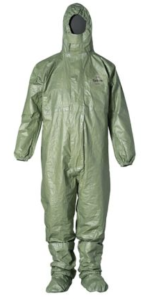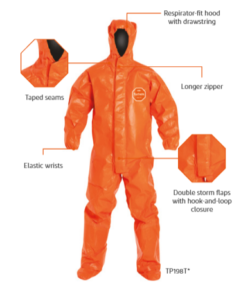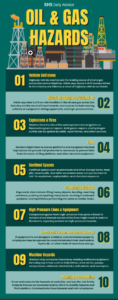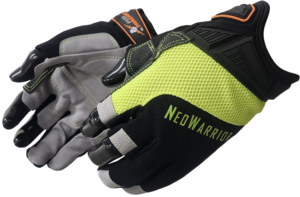
As we bid farewell to the holiday season and approach the end of another year, let’s take a moment to revisit the standout products that made waves in 2023. Liberty Safety is proud to present our top ten products, ranging from head-to-toe safety gear. Each item embodies our commitment to providing quality protection, tailored to meet the diverse needs of your workforce. Join us as we explore the features that set these products apart, showcasing their excellence in safety and performance.
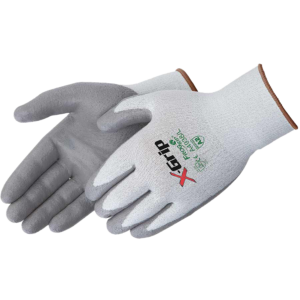
A4938 X-Grip® Gray Polyurethane Cut Resistant Gloves
These iconic gloves feature an ANSI A2 cut rating and an HPPE yarn shell designed to protect against light-cut hazards. With exceptional grip, dexterity, and durability, it’s ideal for applications such as material handling, glass operations, sanitation, and more.
Key Features Include:
- 13-gauge salt and pepper HPPE yarn shell
- Gray polyurethane coating on palms and fingers
- High resistance to abrasions
- Non-slip, dust and lint-free, breathable
- Sizes ranging from XXS – 2XL
Learn more about this glove here.
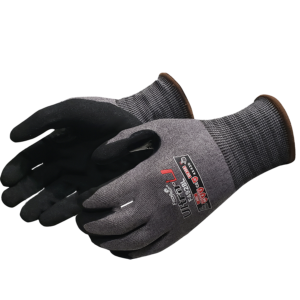
F4928 Ultra-U™ Black Sandy Nitrile Cut Resistant Gloves
These gloves feature an ANSI A6 cut rating with an engineered yarn shell for protection against higher cut hazards. Featuring touchscreen compatibility, exceptional grip in oily and wet conditions, and remarkable durability, it’s perfect for small sharp parts handling, manufacturing, inspection, and maintenance and repair.
Key Features Include:
- 18-gauge salt and pepper engineered yarn shell
- Black sandy nitrile coating on palms and fingers
- Touchscreen compatibility
- Non-slip, dust and lint-free, breathable
- Sizes ranging from S – 2XL
Learn more about this glove here.
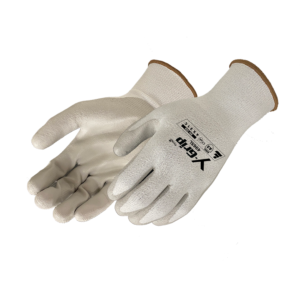
4965 Y-Grip™ Cut Resistant Gloves
These gloves offer an ANSI A3 cut rating with a proprietary engineered yarn shell for protection against light/medium cut hazards and are equipped with a gray polyurethane coating on palms and fingers. Optimal for demanding tasks in construction, material handling, manufacturing, MRO, and more.
Key Features Include:
- 13-gauge FLXtec™ proprietary engineered shell (OEKO-TEX® Standard 100 certified)
- Gray polyurethane coating on palms and fingers
- Sizes ranging from XS – 2XL
- WARNING: Risk of Cancer from Dimethylformamide Exposure – For more information go to www.P65Warnings.ca.gov
Learn more about this glove here.
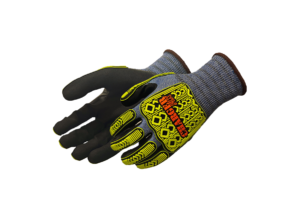
F4953 Charger FLX™ Impact Gloves
Featuring a combination of an ANSI Level 1 impact resistance rating, an ANSI Level 3 puncture rating, and an ANSI A6 cut rating, these gloves protect against light-level impact hazards and higher cut hazards. Additionally, these gloves contain a black sandy foam nitrile coating on the palms and fingers for optimal grip and durability. Ideal for applications across industries such as industrial manufacturing and construction.
Key Features Include:
- 18-gauge engineered yarn shell (OEKO-TEX® Standard 100 certified)
- Single dipped sandy foam nitrile coating on palms and fingers
- TPR at the back of the hand and fingers for impact absorption
- Reinforced nitrile thumb crotch
- Touchscreen compatible
- Sizes ranging from S – 2XL
- WARNING: Risk of Cancer from Dimethylformamide Exposure – For more information go to www.P65Warnings.ca.gov
Learn more about this glove here.
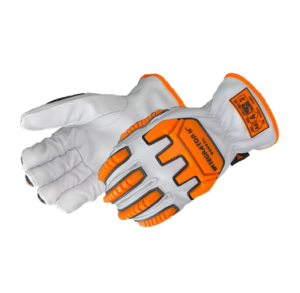
0965 Integrator II™ Impact Gloves
Featuring an ANSI/ISEA Level 2 impact resistance rating, these gloves protect against medium-level impact hazards. Crafted from premium grain goatskin leather, they provide enhanced flexibility and conform to the hand’s shape. Additionally, these gloves are equipped with an Aramid/steel lining for improved dexterity, cut protection, and puncture resistance.
Key Features Include:
- Made from premium grain goatskin leather
- Keystone thumb construction
- TPR on fingers and back of hand for impact absorption
- Shirred elastic back
- Sizes ranging from M – 2XL
Learn more about this glove here.
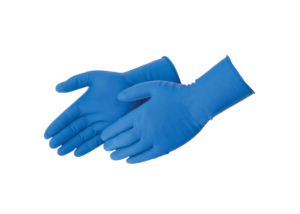
2846HR Bioskin® Blue Latex Disposable Gloves
Ideal for cross-contamination environments, these medical grade FDA Class 1 approved gloves come in a convenient 50-glove dispenser. Perfect for use in healthcare and safety settings.
Key Features Include:
- 14 Mil thickness
- 12” length
- Powder-free
- Meets ASTM D3578 standard
- Food contact safe
- Sizes range from S – 2XL
Learn more about this glove here.

2026BK Duraskin® Black Nitrile Disposable Gloves
These industrial-grade single-use gloves, available in a 100-glove dispenser box, are diamond textured for extra grip and food contact safety. Suitable for various environments such as automotive, industrial, safety, manufacturing, and more.
Key Features include:
- 6 mil thickness
- Powder-free
- Diamond textured for extra grip
- Sizes range from M – 2XL
Learn more about this glove here.
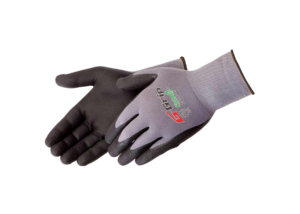
F4600 G-Grip™ Black Microfoam Nitrile Coated Seamless Gloves
Designed for superior grip in wet and oily conditions, these gloves balance comfort, durability, and protection. Ideal for safety professionals in industries such as automotive, hardware, manufacturing, machine operations, and general assembly.
Key Features Include:
- 15-gauge gray nylon shell
- Black microfoam nitrile coating on palms and fingers
- Highly durable, able to withstand multiple launderings
- Sizes ranging from XS – 2XL
Learn more about this glove here.
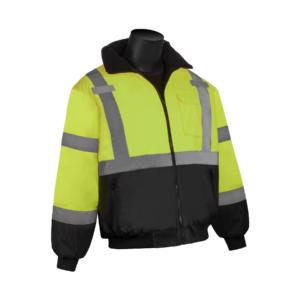
C16725G HiVizGard™ Class 3 Waterproof Insulated Black Bottom Bomber Jacket
This multi-functional jacket includes a waterproof PU-coated polyester black bottom shell, quilted liner with fleece collar, detachable hood with adjustable pull cords, dual mic tabs, and a front zipper closure. Ideal for environments where hi-visibility is crucial, such as construction, maintenance, and transportation.
Key Features include:
- Detachable hideaway hood with adjustable pull cords
- Built-in quilted insulation with fleece collar
- 2” wide reflective stripes
- Front zipper closure
- Sizes ranging from M – 5XL
Learn more about this bomber jacket here.
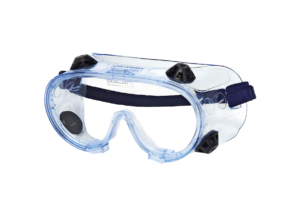
1790 Pulsar™ Clear Encased Safety Goggles
Leading in eye protection, these safety goggles filter 99% of harmful UVA/UVB rays. With indirect ventilation for breathability and splash protection, they are perfect for use in assembly, construction, and fabrication.
Key Features Include:
- Soft PVC frame and adjustable head strap
- ANSI Z87.1-2010 standard certified
- Passes D3: Droplet and Splash Test
- One size and universal frame fit
- WARNING: Risk of Reproductive Harm from Bisphenol A Exposure – For more information go to www.P65Warnings.ca.gov
Learn more about these safety goggles here
Helping You Plan for a Safe Future
In the realm of workplace safety, making informed choices about personal protective equipment (PPE) is pivotal. At Liberty Safety, we are dedicated to providing top-quality and comfortable PPE, ensuring your workforce is equipped with the best in safety gear.
As you gear up for the New Year, we invite you to subscribe to the Liberty Safety Newsletter. Be the first to know about the latest products, promotions, industry insights, and best sellers for 2024. Your safety is our priority. It’s all part of our Freedom in Full Gear promise!





